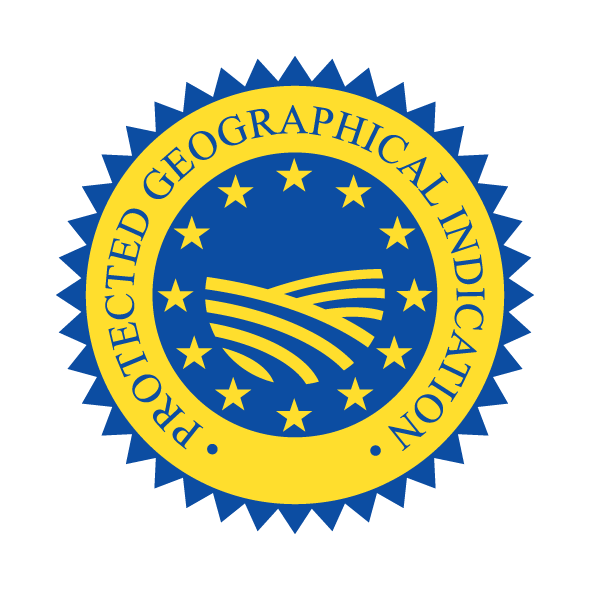With an eye towards quality, the European Union Geographical Indications (GIs), Protected Geographical Indications (PGIs), and Protected Designations of Origin (PDOs) works to ensure and protect specific products to promote their unique characteristics, which are linked to their geographical EU origin as well as traditional know-how. This allows consumers to trust products, including wine, with these EU certifications.
Wines with the PDO quality logo—which is equal to the designations Denominación de Origen (DO) in Spain and Appellation d’Origine Protégée (AOP) in France—are guaranteed that Specific PDO areas also have specific regulations about grape varieties used, production processes, and more.
In the PDOs of northeastern Spain where Garnacha originated—specifically Calatayud, Campo de Borja, Cariñena, Somontano, and Terra Alta—and in the PDOs and PGIs of Roussillon, the Garnacha grape is spotlighted. While the variety actually has several variations—among them white Grenache, grey Grenache, and peluda, or “hairy” Grenache—red Garnacha is the most widespread of the family. Though it is used in rosés, sweet wines, and Vin Doux Naturels, it is worth getting to know red Grenache in its classic form: as a dry, still, varietal red wine.
The late-ripening red Garnacha grape thrives in warm, sunny, dry climates, where it makes wines that tend to be full in alcohol and body, with moderate to low acidity and tannins. These wines are juicy and plump, making them approachable in youth, though the best can also age. But red Grenache is not homogenous. Depending on soil type, vineyard elevation, site aspect, vine age, natural yields, and more, the grape can vary wildly, showing the character of the terroir in which it was grown.
Winemaking can also affect the style of red Grenache. Blending the grape with others such as in classic Grenache-Syrah-Mourvèdre (GSM) blends, will certainly change the character of the finished wine, as will fermentation temperature. While Garnacha has traditionally not been aged in new oak, more producers are experimenting with limited aging in new barrels in order to add complexity and richness to these wines.
The PDO regions that serve as Garnacha’s birthplace in Spain allow a number of red grape varieties to be bottled either as varietal wines or as blends, but Garnacha is the most-planted variety among these PDOs. Though many think of Garnacha as a blending grape, vintners in PDOs like Calatayud, Campo de Borja, Cariñena, Somontano, and Terra Alta are increasingly focusing on varietal Garnacha wines largely made from study old vines that add concentration. In fact, and according to a research by the Wine Economics Research Centre (University of Adelaide) over 40% of the world’s Garnacha is grown in Spain.
Roussillon GIs include 14 PDOs Collioure, Côtes du Roussillon, Côtes du Roussillon Villages, Côtes du Roussillon Villages les Aspres, Côtes du Roussillon Villages Camarany, Côtes du Roussillon Villages Latour de France, Côtes du Roussillon Villages Lesquerde, Côtes du Roussillon Villages Tautavel, Maury Sec, Rivesaltes, Maury, Banyuls, Banyuls Grand Cru and Muscat de Rivesaltes, as well as 3 PGIs in Southern France: Côtes Catalanes, Côte Vermeille and Pays d’Oc, several of which focus on dry red wine. Wines are more likely to be blends here, but Grenache is a key component of these reds. It is a principal variety in PDO Collioure, where it may be blended with grapes like Mourvèdre, Syrah, and Carignan, as it is in PDO Maury Sec, which must be produced from at least 60% Grenache. Both PDO Côtes du Roussillon and PDO Côtes du Roussillon Villages—the latter of which may only produce red wines—depend on Grenache as well for their approachable yet complex wines. France is home to over 50% of the world’s Grenache.
In the end, these Geographical Indications would not exist without the Garnacha grape—and the Grenache grape would not have the same high level of quality without its EU origin, tradition and quality schemes.










